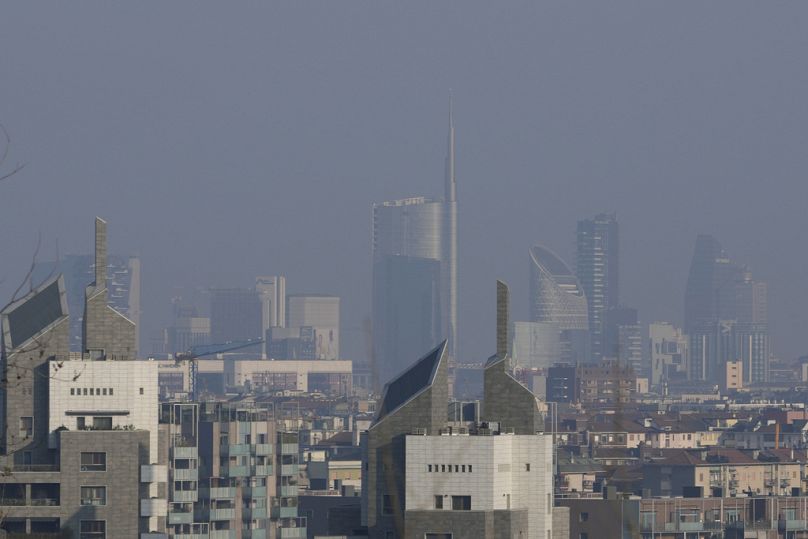Almost all Europeans in the area studied still live with unhealthy levels of small particulate pollution.
Air quality in Europe has improved over the last 20 years, according to new research.
Despite this, most of Europe’s population still lives in areas that exceed the World Health Organization's (WHO) recommended levels.
A team, led by the Barcelona Institute for Global Health (ISGlobal), estimated daily pollution levels in more than 1,400 regions across 35 European countries - an area with around 543 million people - between 2003 and 2019.
Overall suspended particulate matter (PM2.5 and PM10) and nitrogen dioxide (NO2) levels have decreased in most parts of Europe over the last two decades.
Large particulate pollution (PM10) and nitrogen dioxide (NO2) levels went down the most with “significant improvements” in Europe’s air quality following their decline.
Air pollution still exceeds WHO guidelines
Researchers say despite the improvement in air quality, many people are still experiencing air pollution above the WHO’s recommended levels.
The study found that 98 per cent of Europeans still live in areas with unhealthy levels of PM2.5. More than 250,000 early deaths a year in the EU are linked to this fine particulate matter pollution, which is linked to heart disease, stroke and diabetes.
Though deaths linked to fine particle matters fell by 41 per cent between 2005 and 2021, the European Environment Agency says member states need to continue efforts to reduce levels further.
80 per cent of Europeans live in areas with unhealthy levels of PM10 and around 86 per cent live in areas with unhealthy levels of NO2.
In southern Europe, ozone levels increased by 0.58 per cent - but decreased or didn’t have any specific trends in the rest of the continent.
“Targeted efforts are needed to address PM2.5 and ozone levels and associated compound unclean days, especially in the context of rapidly increasing threats from climate change in Europe," says Zhao-Yue Chen, ISGlobal researcher and lead author of the study.
Where were the most polluted places in Europe?
While air pollution has decreased over the last 20 years, there are still hotspots across the continent.
Particulate pollution (PM2.5 and PM10) levels were highest in northern Italy and eastern Europe. Northern Italy, along with some areas of western Europe, such as in the south of the United Kingdom, Belgium and the Netherlands, also had high levels of NO2.
The most significant reductions in PM2.5 and PM10 levels were found in central Europe while for NO2 they were found in urban areas of western Europe.
The ‘harmful loop’ of climate change and air pollution
Researchers say that climate change and air pollution feed into each other.
Warmer temperatures and stronger sunlight boost the formation of ozone through chemical reactions. Higher levels of ozone then accelerate processes that form new PM2.5 particles.
Climate change also increases the likelihood of wildfires which contribute to elevated PM2.5 and ozone levels.
“This complex interplay creates a harmful loop, highlighting the urgent need to address climate change and air pollution simultaneously,” says Joan Ballester Claramunt, ISGlobal researcher and senior author of the study.












